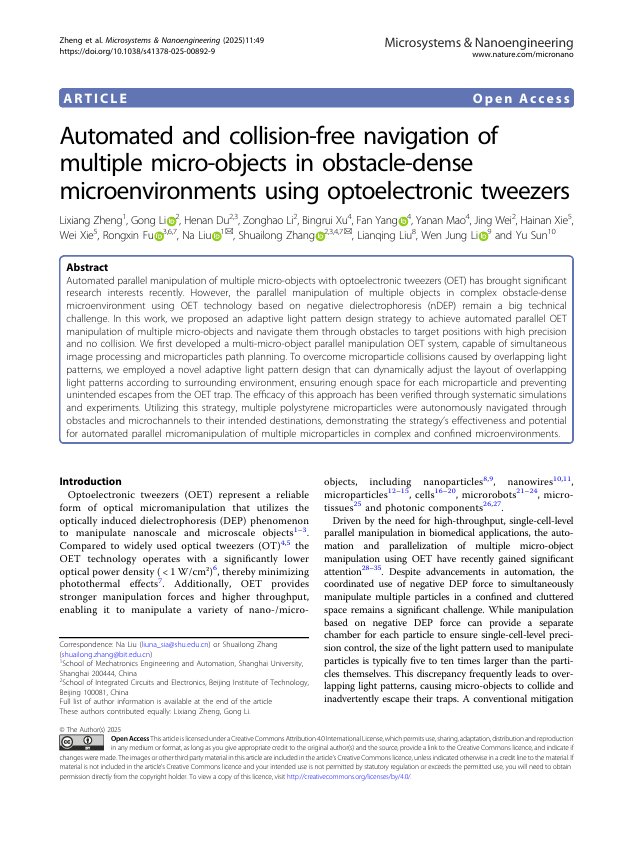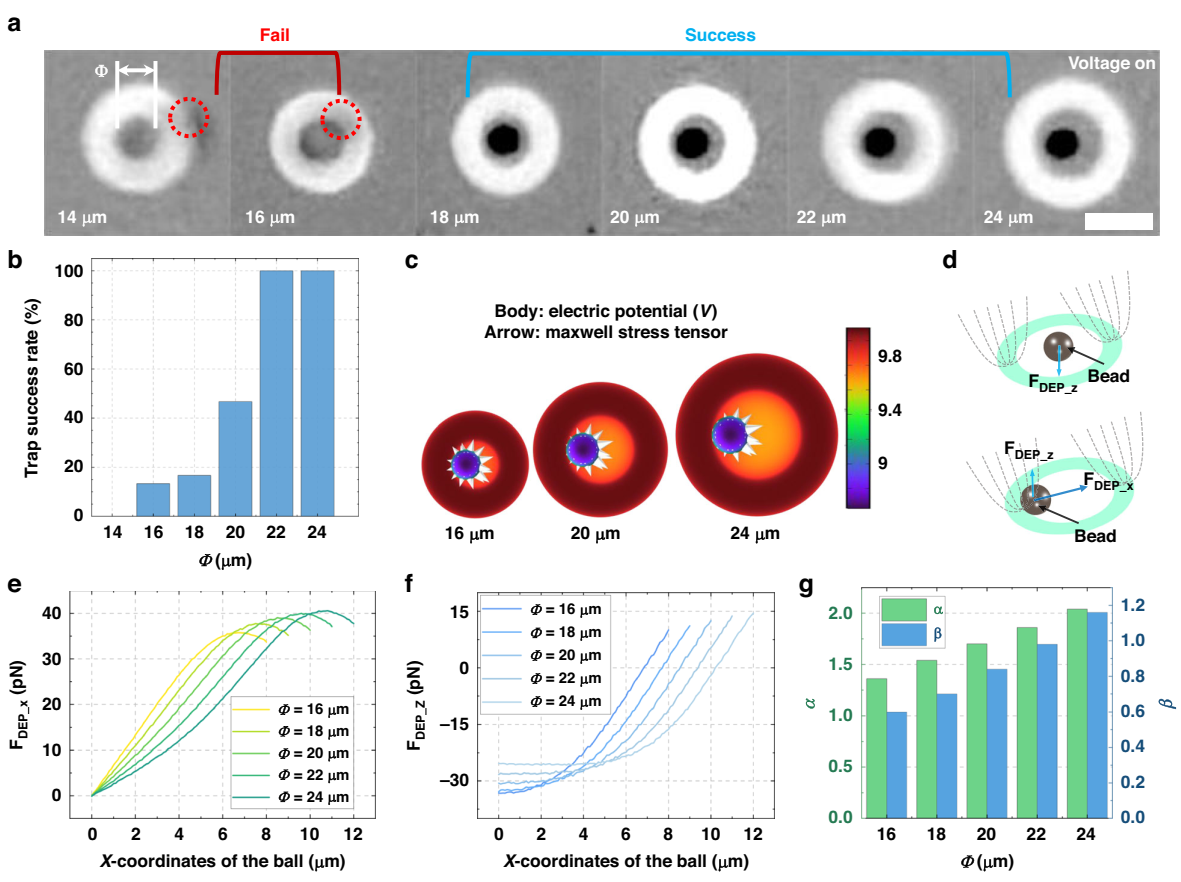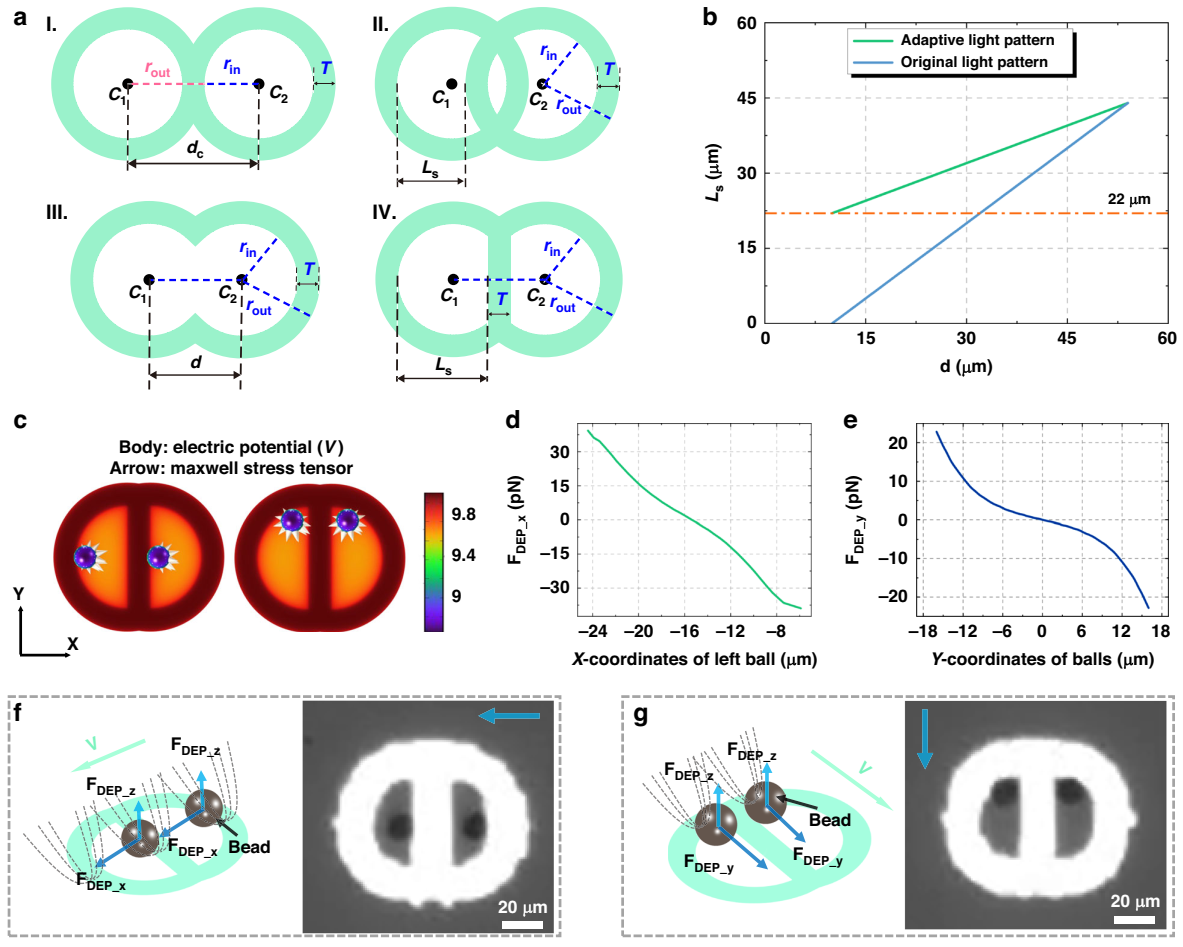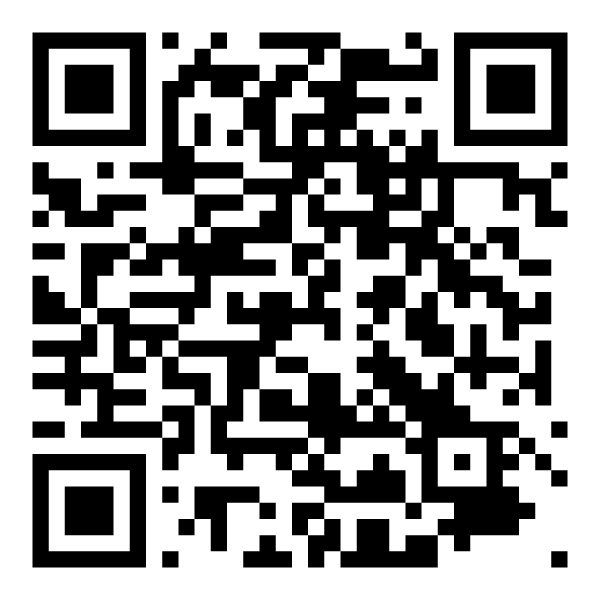Optoseeker collaborated on groundbreaking optoelectronic tweezers (OET) research, "Automated and collision-free navigation of multiple micro-objects in obstacle-dense microenvironments using optoelectronic tweezers," published in Microsystems & Nanoengineering.

As a co-affiliated institution, ZhuiGuang Bio deeply participated in the technology development and industrialization, providing the core instrument—the OptoBot®500 optoelectronic tweezers (OET) system.
The research team proposed an adaptive light pattern design strategy that leverages OET technology to achieve 100% collision-free automated navigation of 10 microparticles within complex, obstacle-dense microenvironments. The system demonstrated 100% target capture rate with sub-micron-level manipulation precision.
This approach effectively resolves the issue of particle escape caused by overlapping light patterns in conventional methods, reducing the critical avoidance distance from 32μm to 10μm (68% reduction). This breakthrough addresses the long-standing parallel control bottleneck in micro-nano manipulation, providing a revolutionary solution for high-throughput applications including single-cell sorting and drug delivery.
I. Journal Profile
Microsystems & Nanoengineering
- Impact Factor (2024): 7.3
- JCR Quartile: Q1
- CAS Rating: Engineering Technology, Tier 1
II. Research Innovations
1.Adaptive Light Patterning
-
- Dynamically reshapes optical traps to prevent particle escape from overlapping patterns.
- 68% reduction in collision distance (32μm → 10μm).


2.Intelligent Algorithm Integration
-
- Combines YOLOv7 (real-time detection), Hungarian Algorithm (path allocation), and CBS (collision avoidance).
- Achieves collision-free navigation for 10 microparticles among 200+ obstacles.
(Fig. 1c: OET system flowchart | Fig. 5a-c: Path planning simulation)

OET system flowchart

3.Experimental Validation
- 100% capture rate, zero escape, and submicron precision via COMSOL simulations and microchip testing.

III. Applications
- High-throughput single-cell sorting
- Micro-tissue engineering
- Precision drug delivery
IV. Optoseeker’s Contribution
- Core Equipment: Provided OptoBot®500 Optoelectronic Microfluidics System.
- Technical Validation: Executed feasibility tests for cell-sorting modules.
- Co-author Role: Drove R&D and industry-academia translation.

Expanding particle capacity, diverse obstacle geometries, and customized manipulation protocols for advanced microfluidics integration.






